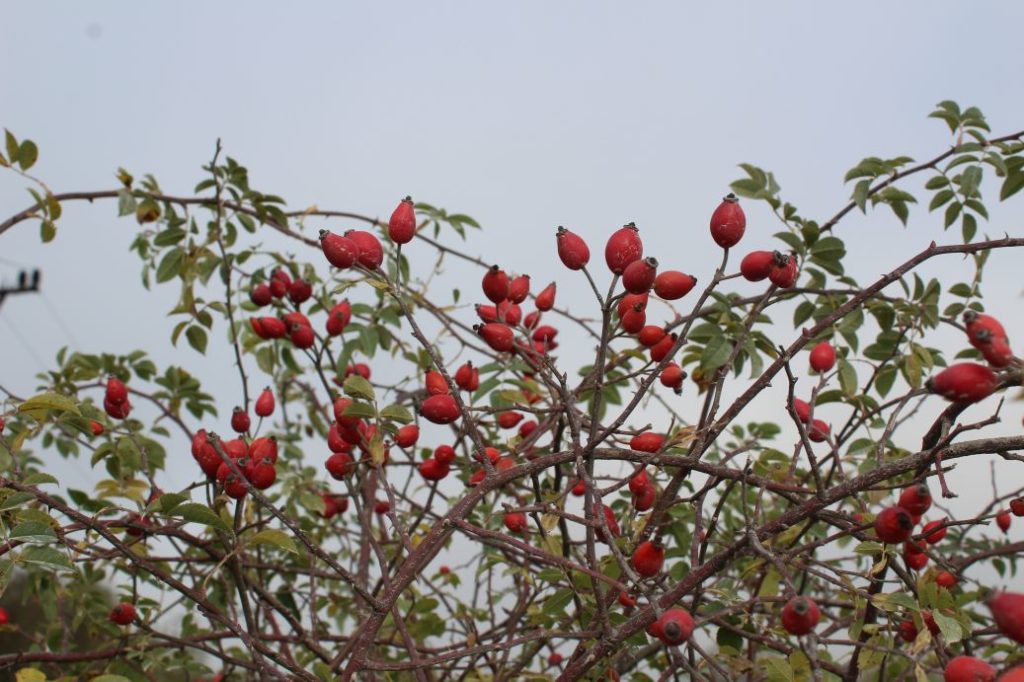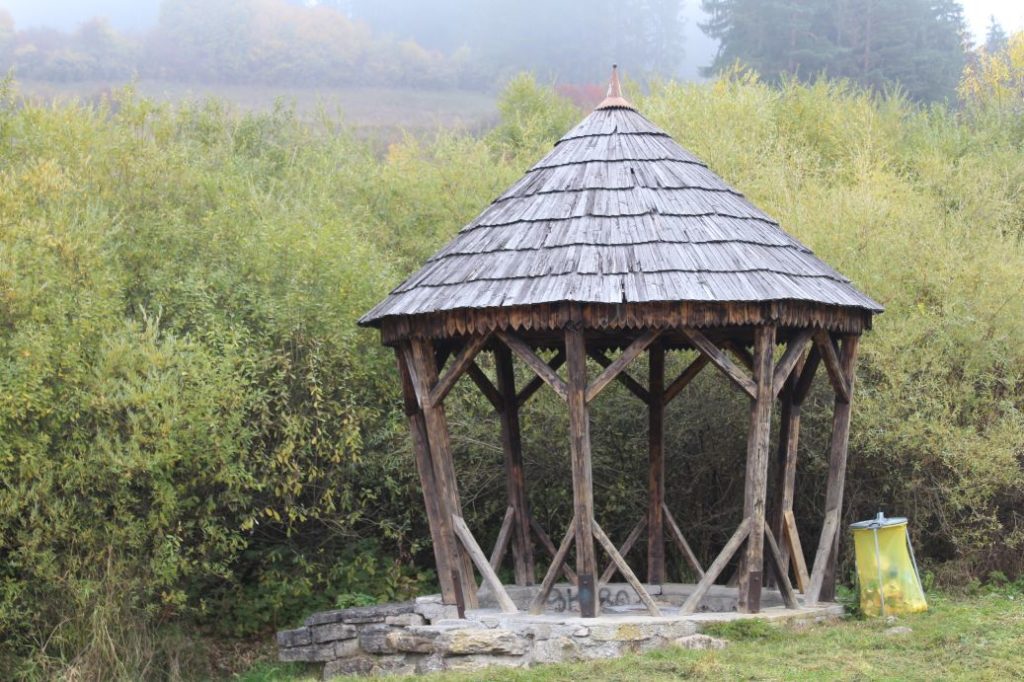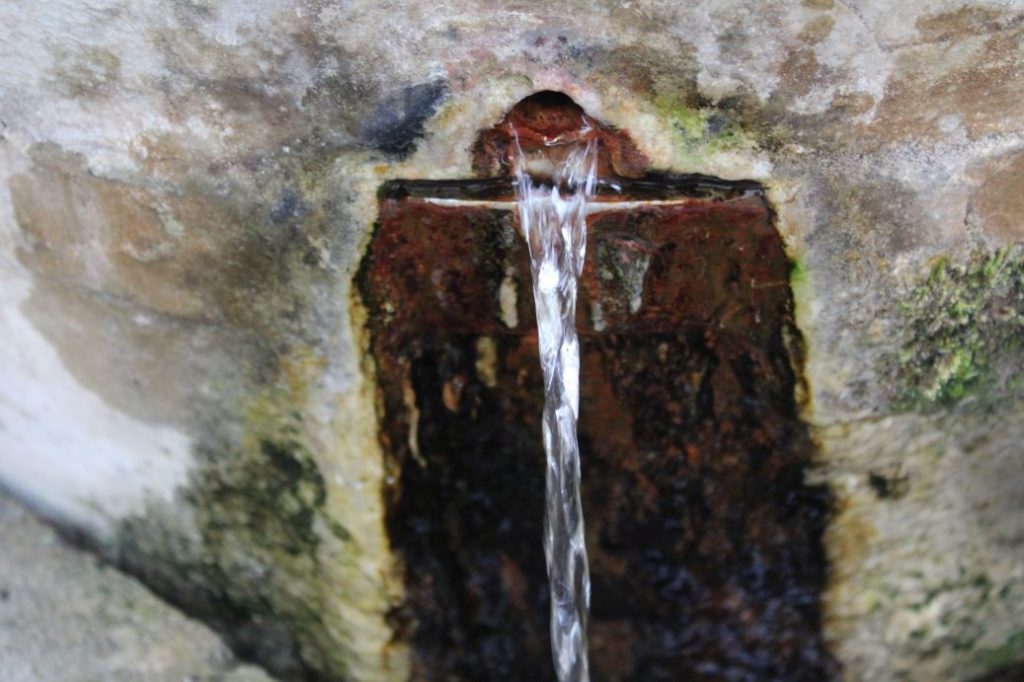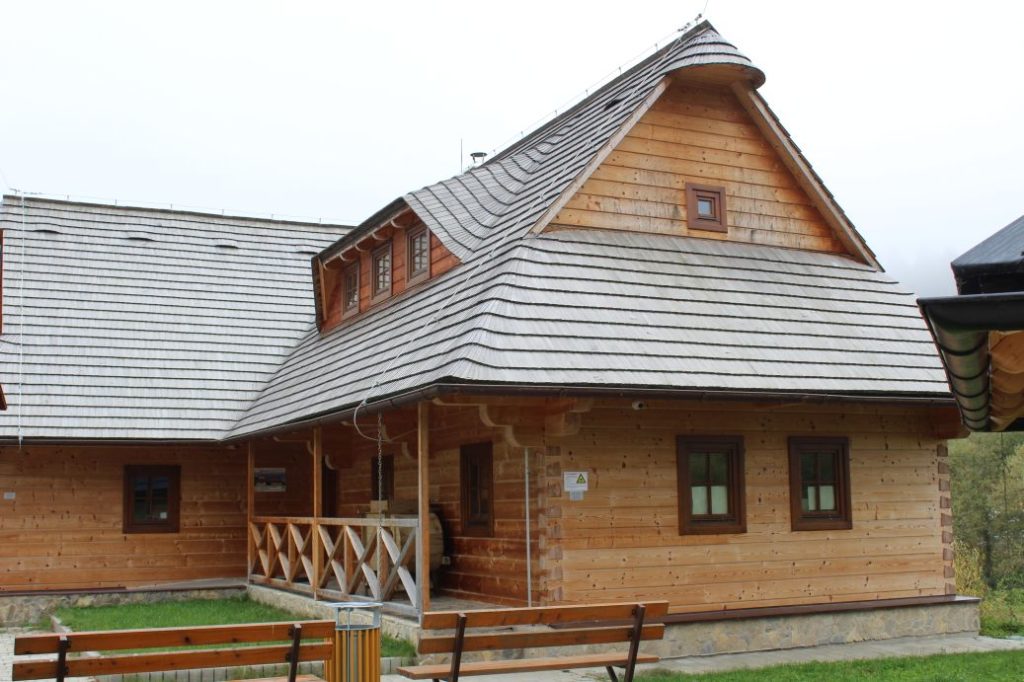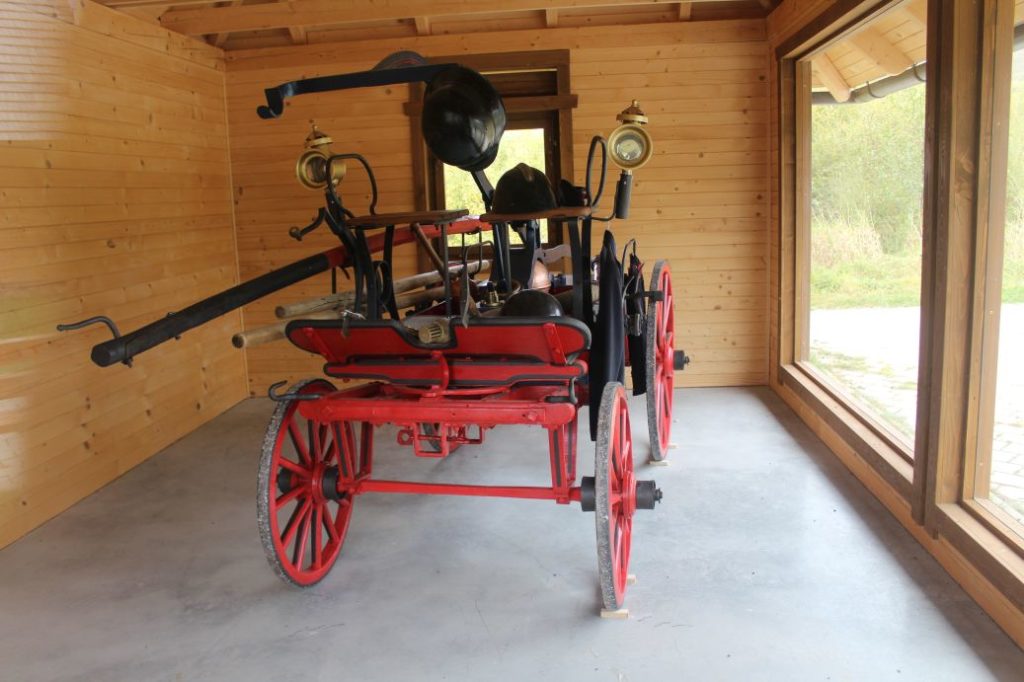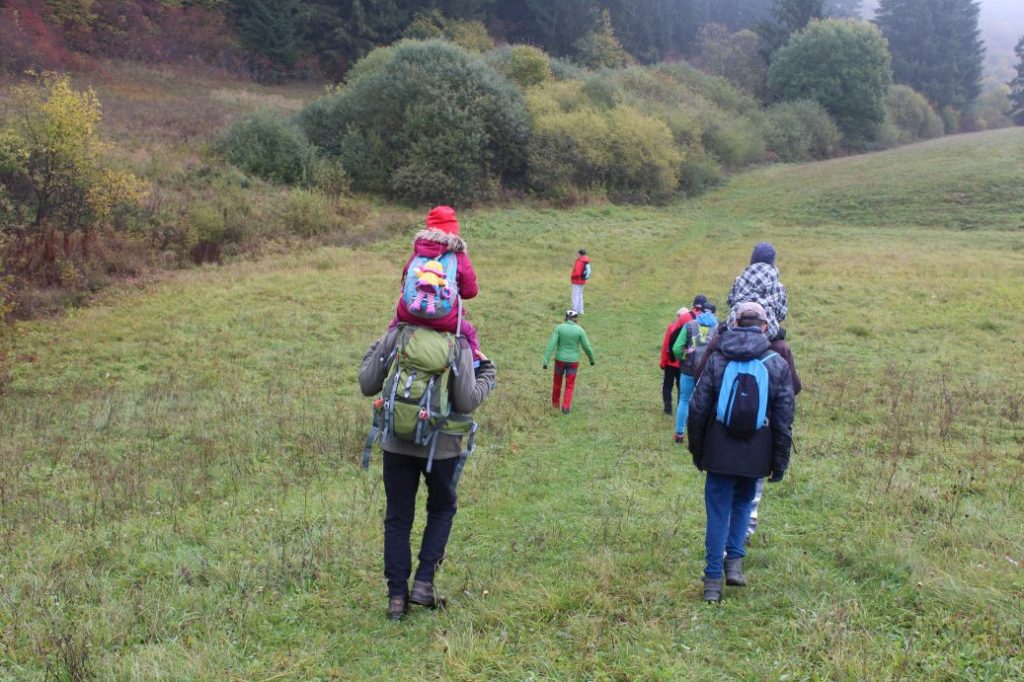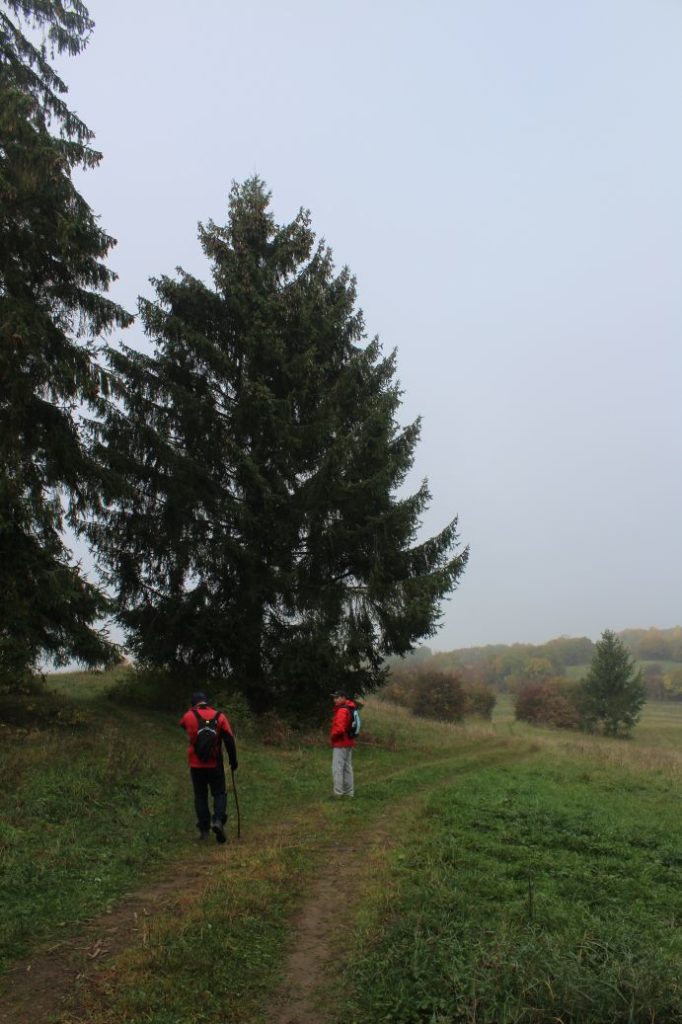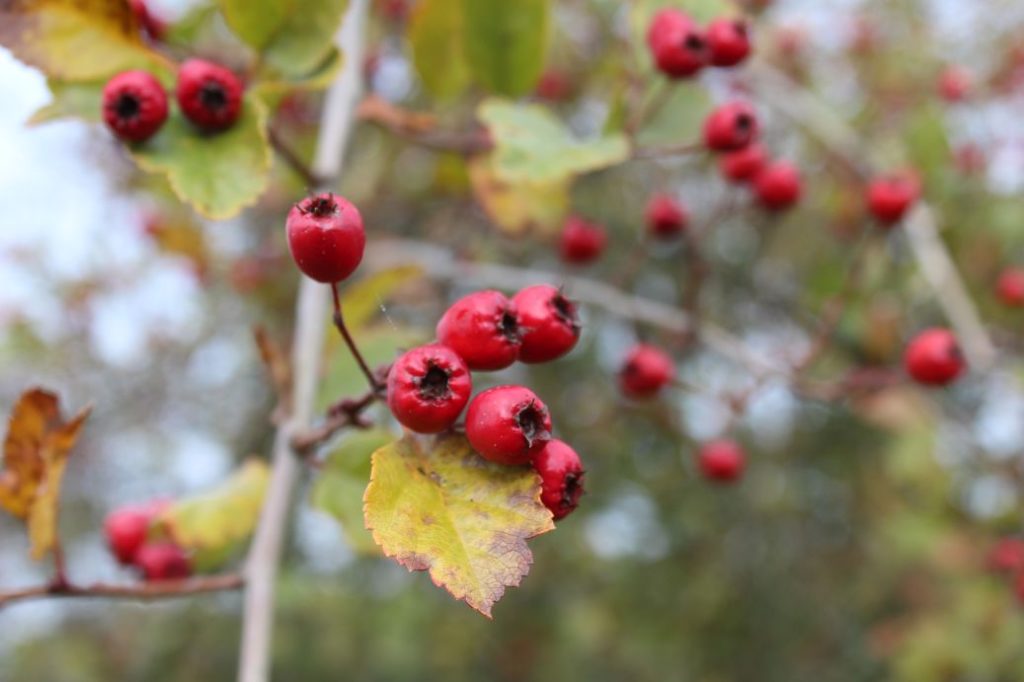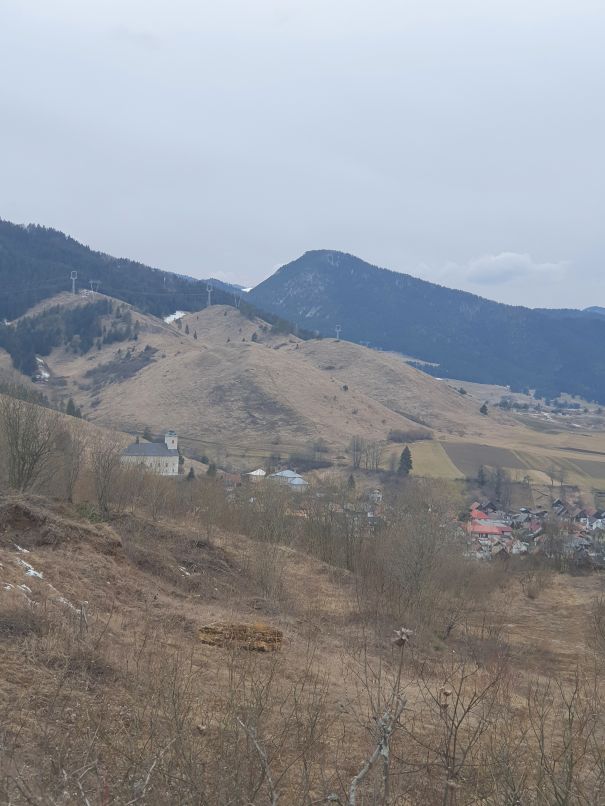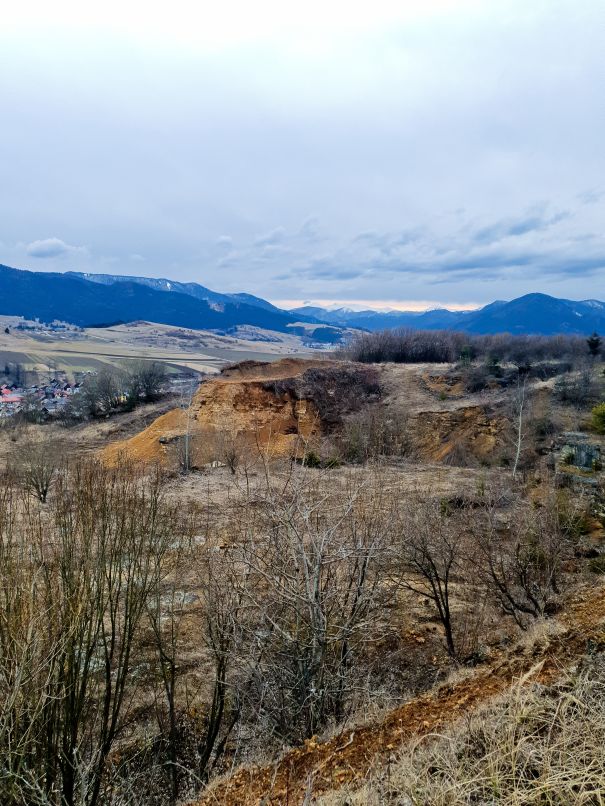Nature as Therapy: Vitamins and Minerals from Ludrová Meadows
In the surroundings of Ludrová, you will find interesting locations for trips that are all about discovering what the local nature has to offer. In addition to the woods and the valley, which are usually frequented by the hikers trying to conquer the viewpoint peak of Salatín or mountain pass Hučiaky, which is no less impressive than the ravines of Slovenský Raj (Slovak Paradise), we may also find other places worth visiting in this area.
We will take a short walk in the close surroundings of the village. We will visit a mineral spring and take a walk on meadows with plenty of bushes with all sorts of goodies autumn nature has to offer to foragers, and finally, we will see what water is capable of creating over a long period of time.
We start our trip by riding a suburban bus from Ružomberok. After a few minutes, we will arrive at the foothill village of Ludrová, a part of which used to belong to Ružomberok in the past. We get off the bus at bus stop “Ludrová,,Jednota“, from where we continue further through the village. We are passing by the local Church of All Saints with a roofed staircase leading to the church. By the fire station and a small fenced playground, we turn left and cross a local creek. At the nearest street, we turn right and continue to the end of the street. We continue in the same direction on a road which is a bit broken-up and made of gravel. On the left side of the road, there are thick bushes with sloping meadows above them. A few metres further ahead, we arrive at a low fence with a passage created in the middle, which is leading us along an elevated wooden pathway above the surroundings, which are often water-logged, to a wooden shelter. Situated under the shelter is a barrel-shaped vessel with a precious liquid flowing out of it through a small opening. This seemingly ordinary water contains beneficial minerals, which are necessary for proper functioning of the human body. Spring “Medokýš”, as called by the locals, is only mildly mineralized, which means it is suitable for drinking on a long-term basis. It contains calcium and magnesium, which help keep the body in good condition. However, things are always interconnected and drinking mineral water is no exception, and so the body too needs assistance in order to absorb the calcium. Who would have guessed that it is the sun and its rays which in contact with our skin stimulate production of vitamin D, which is necessary in the calcium binding process. That is why after drawing some water from Medokýš, we continue in our walk, in order to supply the body with this vitamin as well. In addition to minerals, the water also contains gases, therefore in cold weather, we recommend drinking it only after you get home, once it has warmed up to the room temperature. We continue from the spring a little bit further ahead along the road, which will lead us to a new wooden building, which houses the Museum of Handmade Paper Production, with a historical fire extinguisher situated next to it, which will please the eyes of every history lover. As an interesting fact, we might mention that a few metres away from the new museum building (to the north), by a small creek, there is a well with mineral water, with composition almost identical to Medokýš. However, the well is poorly visible, as the upper part of it has corroded and extends only a few centimetres above the ground, and as it is not in use, it has been covered with growth. From the museum, we continue up the meadow on an indistinct growth-covered field road. We are passing above bee hives and fences of a water source. At the place where the road is turning to the right, we go to the left, mildly downhill on a path running towards the bushes, passing through which we get to the periphery of a wooded area. Below the wooded area, the path continues to the left and after a few dozen metres, it enters the woods. In the woods, it continues uphill and connects to an old sloping road, which will lead us to the periphery of the woods. We continue to the left, to meadows, where we can see plenty of bushes. In these areas, as well as earlier in the area below the woods, we can see many bushes with rose hips and hawthorn, which we might pick and dry to use for tea. There are also many hazel plants or sloe bushes, but nuts and sloes are not very abundant this year. You will see a path passing by the sitting area at the periphery of the bushes, which will lead us to an old travertine quarry, where we can have an up-close look at travertine. Enter the quarry area carefully, do not climb on anything and watch your steps in order to prevent injuries. When looking at the travertine, we may notice various channels formed into large proportions by the mineral water similar to local spring Medokýš, which was flowing through the channels for thousands of years and depositing minerals. The area of the quarry offers views of the surroundings, which will please the eye of every visitor. We return along the same route or we can continue to the north, to a transmitter, from which the road runs to the entry to Ludrová.
We visited this location together with some hikers from Ružomberok. There were small children and pensioners in our crew and everyone was very pleased with the trip. Along the route, we munched on some hawthorn berries and tried the flesh of soft rose hips, which supplied our bodies with some vitamin C as well as other beneficial elements.
On the way back, we thanked nature for this trip by picking up a few plastic bags from the bushes, which had been blown there by the wind, and by carrying away with us some litter which did not belong there, as we are trying to educate other hikers to explore nature in a sustainable way, in accordance with the idea of #ObjavUdržateľnéSlovensko.(DiscoverSustainableSlovakia).
As our views were limited due to fog, we add some of the pictures taken in the spring time.
The text was prepared by Milan Kolčák and Ján Benčík from the Ružomberok Information Centre.
This is the fifth article of the article series with subtitle “Nature as Therapy”.
Published: 21.10.2021

